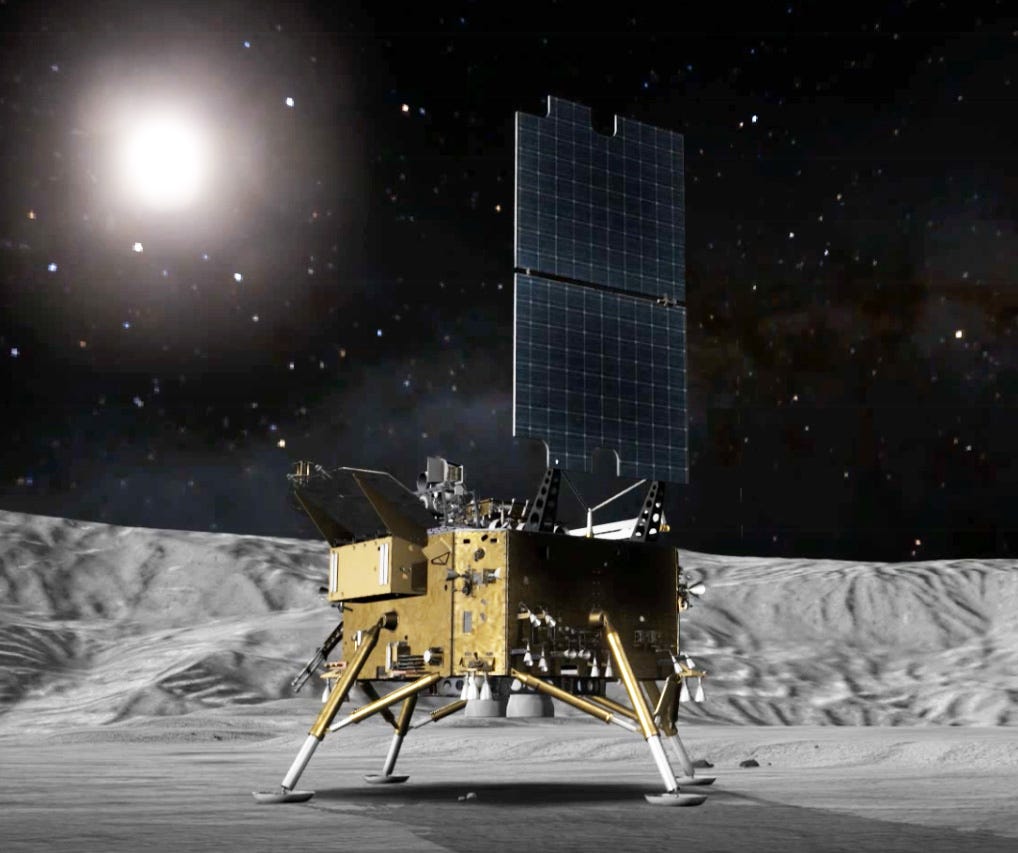China Annouces Chang'e 8 Partners, Shares Chang'e 5 Samples
Further international collaboration is taking place with the lunar program.
At the 10th Space Day, the China National Space Administration announced that it had selected its ten collaborative payloads for the Chang’e 8 mission, with ten foreign countries participating.
The ten countries set to join the mission are South Africa, Peru, Italy, Russia, Thailand, Bahrain, Egypt, Iran, Pakistan, and Türkiye. The International Society for Terrain-Vehicle Systems is also participating alongside the group of nations. In December, the Hong Kong Special Administrative Region joined the mission alongside the ten nations. Prior to today’s announcement, Pakistan and Türkiye’s involvement was known due to a partnership with a Chinese company or an earlier agreement.
Each partner is expected to provide the following hardware or experiment:
Hong Kong: a Moon-based multi-function robot and mobile charging station on the surface.
Pakistan and the International Society for Terrain-Vehicle Systems: a lunar rover.
Türkiye and STAR.VISION: an environmentally intelligent exploration robot.
South Africa and Peru: a radio astronomy array.
Italy: a laser retroreflector.
Russia: a lunar ion and high-energy neutral particle analyzer.
Thailand: a lunar neutron analyzer.
Bahrain and Egypt: a lunar surface visible light and infrared video system.
Iran: a monitor for lunar electric potentials.
Administrator of the China National Space Administration, Shan Zhongde (单忠德), expects that the collaborative work during the mission will provide more technology breakthroughs and scientific discoveries that will benefit all back on Earth.
International experiments and hardware for the mission are presently in the development stage, which is expected to end before August 2027. After that, hardware will be handed over to Chinese teams for work on integrating the Chang’e 8 spacecraft.
Currently, the Chang’e 8 mission is set to launch atop of a Long March 5 as early as 2028 with a landing near the Moon’s south pole, possibly in the Leibnitz impact crater.
Alongside partnering for future lunar missions, China also announced that it would share another round of lunar surface samples collected during the Chang’e 5 mission. These samples will be sent to the Institut de Physique du Globe de Paris in France, the University of Cologne in Germany, Osaka University in Japan, Pakistan's Space and Upper Atmosphere Research Commission, the Open University in the United Kingdom, as well as the United States' Brown University and Stony Brook University. The seven organizations were narrowed down from twenty-four applications for seventy-one sample sets.
Each organisation will have a selection of samples in their possession for a short period to conduct research, for around one year. At the end of their loan period, the lunar samples will be sent back to China so other researchers can request to study them. Commenting on receiving the lunar samples, Professor Mahesh Anand of the United Kingdom’s Open University stated:
“It is a great honour and privilege for my team to be selected as one of the first international teams to receive lunar samples from the Chang’e-5 mission for research.” — “I look forward to working on these precious lunar samples and building new international collaborations and partnerships.”
Due to American law, such as the Wolf Amendment, samples heading to U.S. universities will be watched by the FBI and other security organizations.



